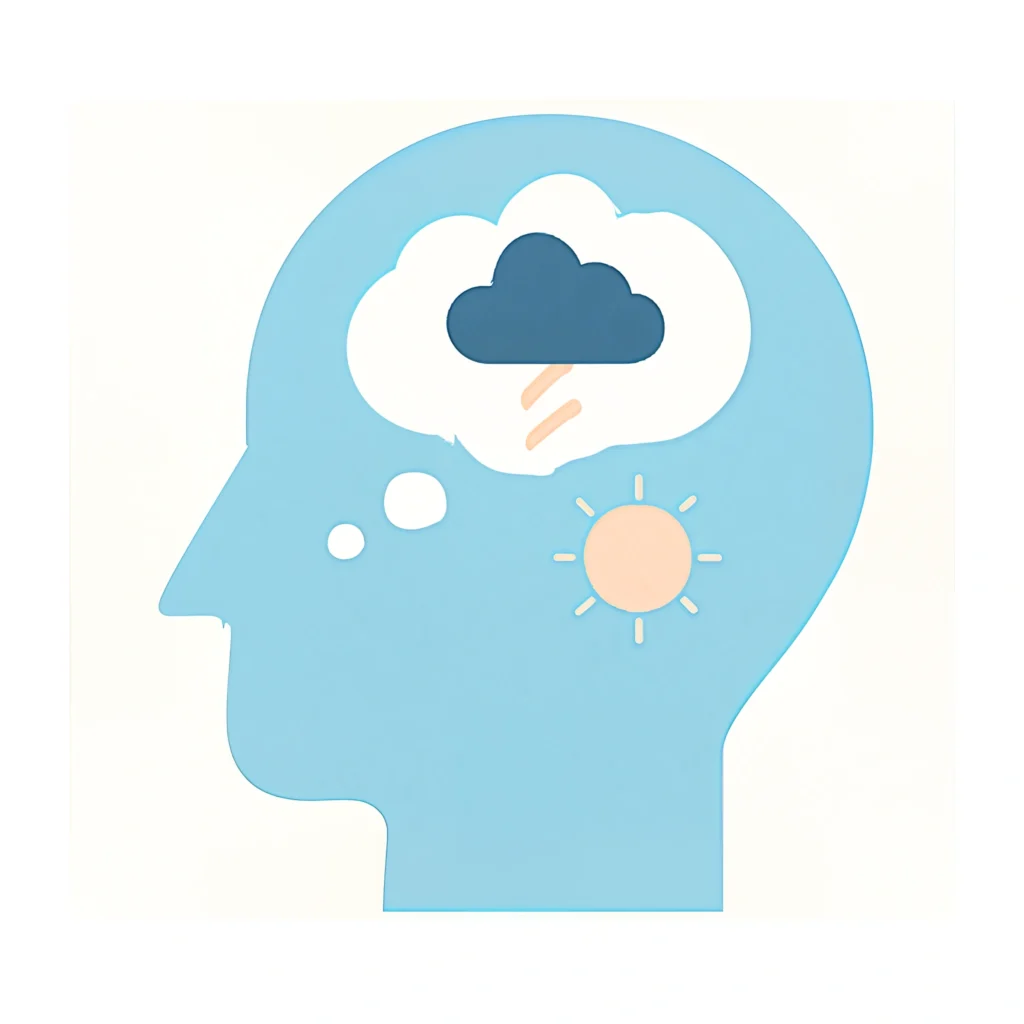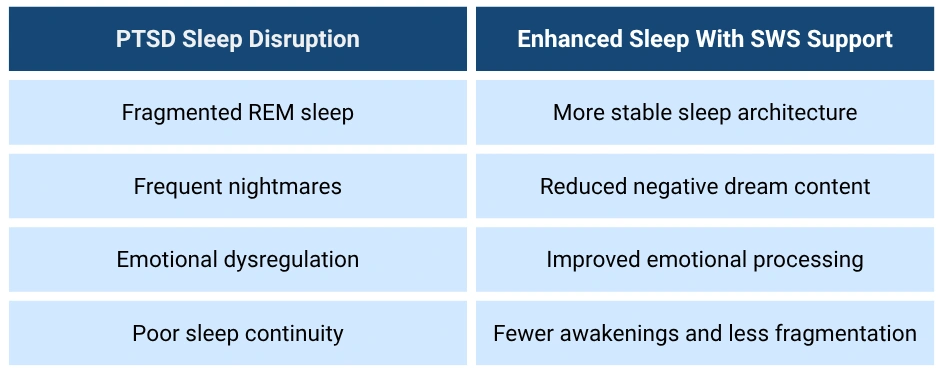Do Changes in Deep Sleep Influence Dream Quality?
The Overlooked Role of Slow-Wave Sleep in Nighttime Emotional Recovery

In observational studies involving Kunasan’s Frequen-ZZZ® device, many users report that their dreams feel more meaningful—and often less negative. This recurring observation is especially intriguing when considered through the lens of emotional regulation and trauma recovery during sleep.
Below are a few reflections on the science behind these experiences.
1. Sleep Stage Interdependency
Slow-Wave Sleep (SWS) and REM sleep are not isolated events—they’re part of a tightly regulated homeostatic rhythm. When SWS is enhanced (e.g., longer duration with less fragmentation), REM sleep may shift or compress, potentially altering how emotional memories are processed. This realignment may reduce REM-related distress, such as nightmares.
2. Emotional Regulation During REM
REM sleep plays a central role in how the brain processes emotional experiences during the night. In well-regulated sleep architecture, REM contributes to integrating emotional content, reducing the intensity of distressing memories, and promoting psychological balance.
However, when REM sleep becomes fragmented, delayed, or excessively intense, its
regulatory function may be impaired. Instead of helping the brain resolve emotional material, unstable REM may amplify emotional reactivity—leading to more vivid, unsettling dreams or even trauma re-experiencing. The result: a person may wake feeling emotionally raw rather than restored.

Notably, improvements in earlier sleep stages, particularly SWS—appear to influence the quality and stability of REM that follows. When SWS is consolidated and less fragmented, the overall sleep cycle becomes more organized. This pre-conditioning may help the brain enter REM in a more balanced state, better equipped to process emotional content calmly.
This may help explain a recurring theme in observational feedback from Frequen-ZZZ® users:
Dreams feel less threatening, more coherent, and sometimes even emotionally clarifying—even when difficult themes arise.
A compelling question arises:
Could shorter, better-regulated REM cycles actually be more therapeutic—allowing the brain to resolve emotional memories rather than reinforce them?
This reminds me of earlier studies. A veteran named Larissa reported a striking change in her dream patterns—from disturbing nightmares to vivid, peaceful dreams—after improving her sleep quality.
3. PTSD-Specific Sleep Patterns
Individuals with PTSD often exhibit the following sleep disruptions:
– Fragmented REM sleep and recurring nightmares
– Impaired emotional habituation during sleep
– Disrupted sleep architecture, especially reduced fragmented SWS
By increasing deep sleep stability—particularly slow-wave sleep—we may help the brain regulate emotions more effectively before it enters the REM stage.
This could be critical in reducing the emotional charge of traumatic dreams and promoting more restorative rest.

Why This Matters
The interplay between SWS and REM may hold new therapeutic possibilities—not just for general sleep quality, but for emotional resilience and trauma recovery. This area deserves deeper scientific exploration across PTSD research groups, sleep labs, and clinical studies.
We look forward to contributing to and learning from this growing field.
Paul Mawson
